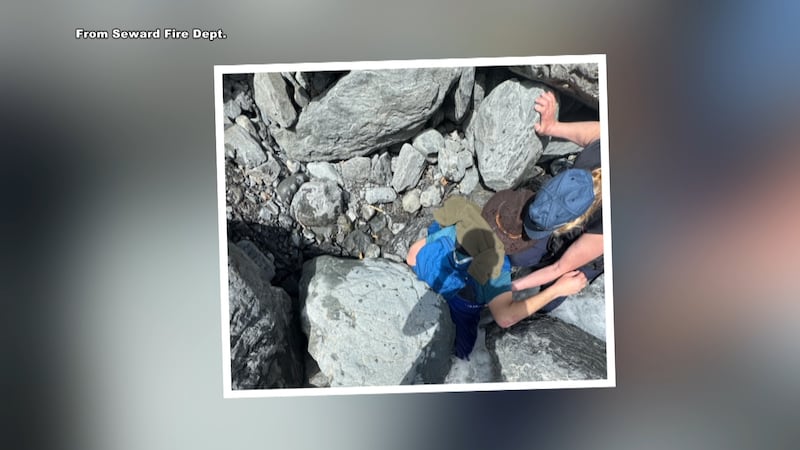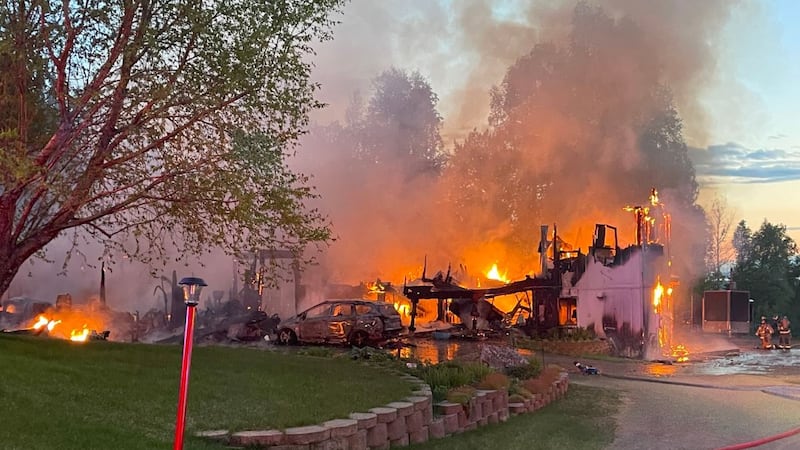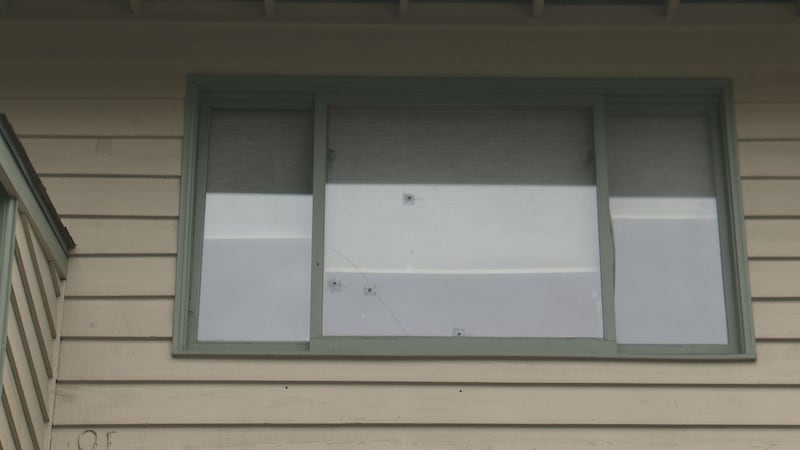Health Watch: Determining how much pollen is in the air
ANCHORAGE, Alaska (KTUU) - As spring continues blossoming, so do allergy-like systems.
According to the Allergy, Asthma and Immunology Center of Alaska LLC, this is a time of the year when people tend to have a lot of symptoms due to the large amount of particulars that are in the air.
“That can cause an irritant like rhinitis,” Bryan Farthing, the director of clinical services, said. “So, you can have allergy-like symptoms but not necessarily with an allergy that’s driving that symptom.”
However, this is the time of year when Farthing and his team of pollen counters begin testing the air to see how much pollen is present. Earlier this month, Farthing’s team set up its first Burkard Trap of the season, which will be used to test for pollen.
“It’s pulling air in through the aperture, and it’s hitting a slide. And after 24 hours, we will then remove that slide, place another slide, take it down to our lab, and then stain it, cover the slide, and we’ll begin to read it,” Farthing said.
By looking at the slide, he said, his team can count each spec of pollen.
His team currently has one Burkard Trap set up at the Providence Hospital and another location at the King Street Station. The Providence Hospital trap, he said, collects a 24-hour sample of the air. While the King Street Station trap collects a seven-day sample.
“I would love to have many, many more if we could,” Farthing said. “The amount of data you get from these traps can be instrumental in helping predict and forecast pollen counts in the future.”
All the data collected is shared with the National Allergy Bureau, in addition to being posted online where people can check out the pollen count.
“If the tree pollen is high, you can use this to help guide on maybe deciding if you want to do something outdoors that day. Or maybe if you want to shut your windows and turn on your air purifier,” he said. “And then also for scientists to continue to track and look at the pollen counts.”
See a spelling or grammar error? Report it to web@ktuu.com
Copyright 2025 KTUU. All rights reserved.















